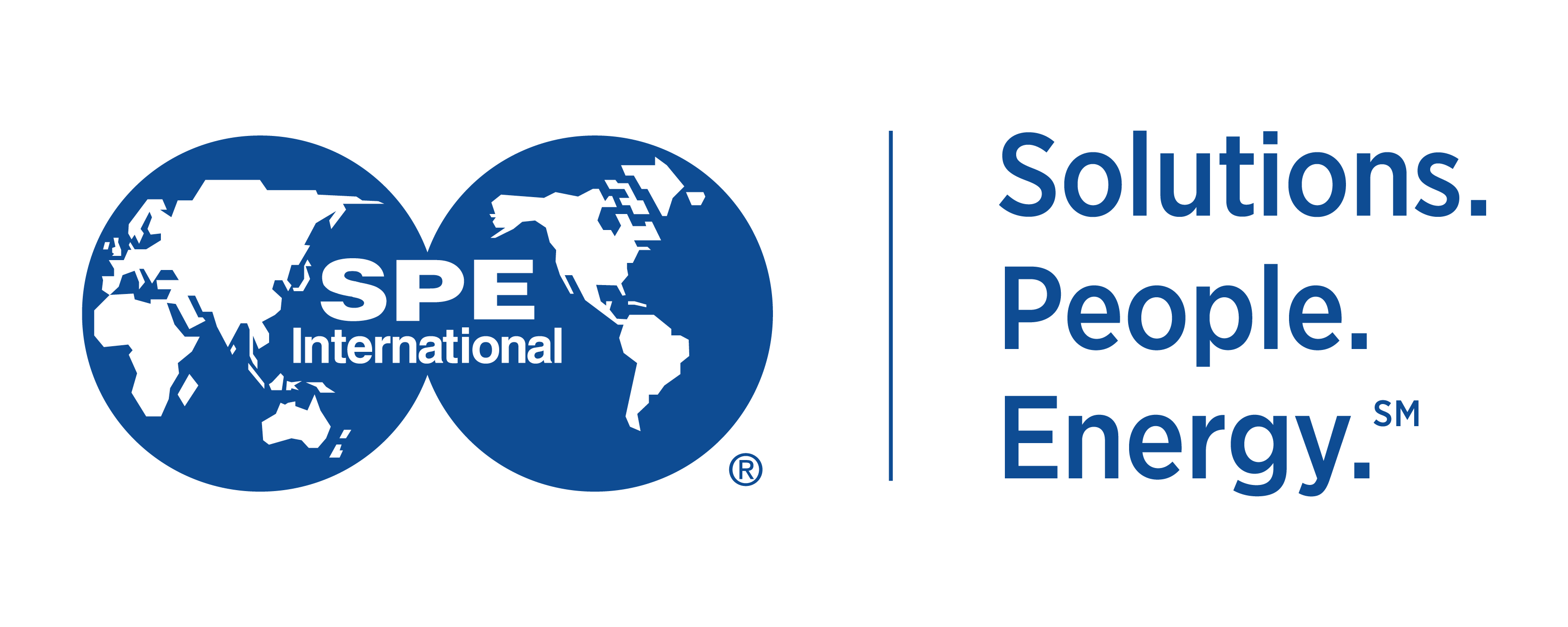Perforation Best Practice and Practical Application in Unconventional Resources
Wednesday, 4 February
Waterway Ballroom 5-8
Technical Session
There are a limited number of characteristics which Completion Engineers can control and optimise when developing unconventional resources. Perforation specifics, Cluster design and Stage Length selection offer the most important suites of levers to be able to achieve the most effective outcome. This Session will outline best practice that has emerged over the last two decade(s) of execution and will inform and educate the engineering body as to those considerations which deliver the most impactful consistent and sustained results. The Session will provide a strong foundational position from which all levels of experience with unconventional resource can progress.
Session Chairpersons
-
0830-0915 230643Completion Best Practices: Unconventional Reservoir (UCR) Fracturing - Perforation Strategy and Emerging Insights
-
0915-0940 230624Case Study: Field Trials for different Orientation Phasing of Perforations in Plug and Perf Completion and Its Impact on Hydraulic Horsepower Requirements
-
0940-1005 230612Erosion Aspects for Completion and Hydraulic Fracture Design in Long Horizontal Wells for Conventional Reservoirs
-
1105-1130 230623Frac Optimization: Analyzing Operational Metrics That Matter
-
1130-1155 230668Eccentric Perforation Orientation: A Novel Perforation Technique - Introduction, Comparative Study, And The Implications Of Gun Tilt
-
1155-1220 230641Analysis of Perforation Friction Pressures with Overflush Step-down Tests in Multistage Fracturing of Horizontal Wells
-
Alternate 230662Comprehensive Hydraulic Fracture Diagnostics in the Permian Bone Spring: Integrating Pressure-Based Analyses for Fracture Geometry Characterization and Well Spacing Optimization
-
Alternate 230664Integrated Optimization of Hydraulic Fracturing Design and Tailed Polymer Sand Control for LRLC Reservoirs in Lulu Field, Offshore North West Java



